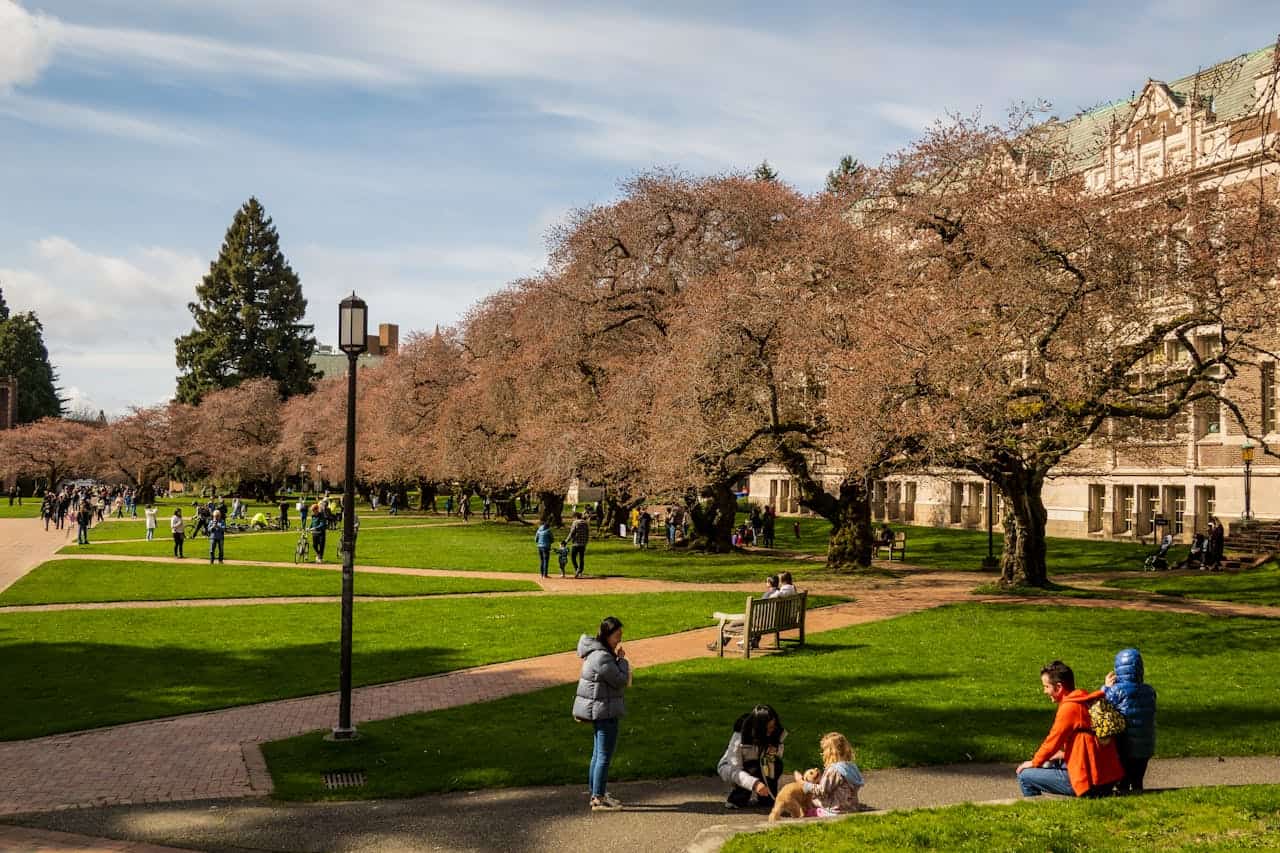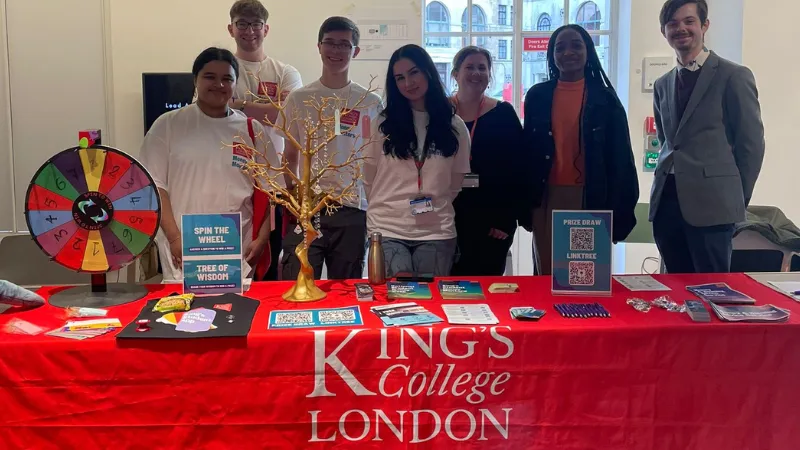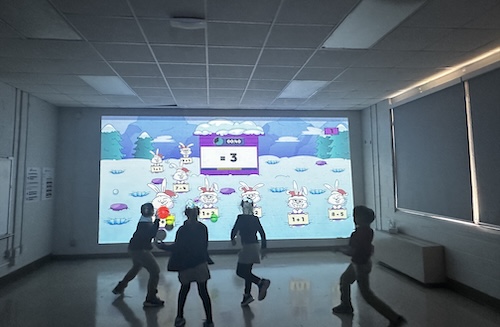A Partnership for Progress: Expanding U.S.-Brazil Student Exchange

Quantifying the direct economic impact of study abroad programs is challenging due to the many factors that influence the sector. However, there is a clear correlation between the expansion of Brazil’s startup ecosystem and the increasing number of entrepreneurs who have studied abroad, particularly in the United States. Notably, at least half of Brazil’s new technology entrepreneurs have received education in the United States, underscoring the significant role of Brazil-U.S. academic exchange programs. These programs not only contribute to Brazil’s overall economic development but also play a crucial role in shaping the industries that will drive its future economy.
Challenges to Continued Expansion of Brazilian Exchange
The findings of this report make clear that exchange between the United States and Brazil benefits both countries diplomatically and economically. Yet rapidly expanding the number of students moving between the two countries will be a challenge. Several of the largest existing barriers remain at the student level, where problems like lack of language proficiency, insufficient programs, limited funding, and unequal access to education hold progress back.
Despite Brazil’s economic size and potential, its educational bottlenecks present a fundamental challenge to increasing student mobility, both domestically and internationally. According to the PISA 2022 results, Brazilian students rank far below OECD averages in subjects such reading, mathematics, and science, and these scores have remained nearly unchanged since 2009. Similarly, language skills (or lack thereof) have also been a significant barrier for students. At the global level, Brazil ranked in the “low proficiency” category, placing 81st out of 105 countries in 2024, and even regionally, it trails behind 16 countries in Latin America. Decreasing levels of English proficiency and Brazil’s high level of inequality have also impacted students’ opportunities to study in the United States. From 2013 to 2016, the enrollment of Brazilian students in non-degree programs, including English language programs, surged significantly, peaking in 2014–2015 at 11,581 students. This surge in students due to BSMP’s short-term, funded program likely broadened the pool of students and made the opportunity to study in the United States more accessible to lower-income students. However, as seen in Figure 2, non-degree exchange students dropped sharply after the end of BSMP, despite ongoing need; this shows a clear reduction in opportunities following the end of the program.
Limited funding also directly restricts study abroad opportunities for Brazilian students in the United States and highlights inequality within Brazil. The International Trade Administration identified in a 2023 report that approximately 80 percent of Brazilian students studying in the United States are from Brazil’s wealthier southern and central eastern states. Because of economic inequality across the country and varying markets that seek out STEM majors, unequal access to education tends to favor those living in wealthier states. Due to limited funding opportunities and resources, students that are able to engage in existing study abroad opportunities often resort to private funding.
Hurdles for Brazilian students studying in the United States go beyond the aforementioned student barriers. Currently, Brazil lacks any formal degree revalidation agreements—the official recognition of a foreign degree as equivalent to a Brazilian one—with foreign countries, meaning that students completing education abroad must undergo a strenuous and costly revalidation process through public universities. Furthermore, students must also take into consideration the logistics and economic cost of acquiring visas. These hurdles raise the level of inaccessibility for students affected by inequality within Brazil.
While this report has largely focused on the mobility of Brazilian students to the United States, it is also worth noting that other barriers likely exist for U.S. students in relation to Brazil. According to Open Doors, from the 2001–2002 academic year through 2015–2016, Brazil consistently ranked among the top 25 study abroad destinations for U.S. students. However, since 2016, it has no longer appeared on this list. This is likely due to a number of factors, including a lack of Portuguese language proficiency, a dearth of study abroad program options in Brazil, and perceptions of safety and security. At the same time, despite the rise of multilingualism in the United States, poor Portuguese and higher Spanish proficiency may deter many U.S. students from seeking opportunities in Brazil, as students studying abroad in Latin America often choose Spanish-speaking countries. For those students who lack Portuguese skills but are undeterred, they face a limited—albeit growing—number of English-language programs in the country.
Expanding Student Mobility
By increasing funding, investing in targeted programs, and strengthening institutional linkages, both the United States and Brazil can expand the number of students studying abroad and enhance the long-term benefits of these exchanges.
Expand and Strengthen Funding
Brazil and the United States should prioritize sustained and expanded funding to encourage student mobility. For example, an expansion of the Department of State’s EducationUSA network could create more opportunities for Brazilian students to understand their options, navigate the application and visa processes, and access resources to study in the United States. In addition, establishing long-term programs with funding opportunities for students will lead more Brazilians to pursue their studies in the United States. As Brazilian students have increasing options to study in other English-speaking destinations or BRICS countries, further investment would allow the United States to build a competitive advantage in attracting talented students.
Address Educational Gaps
The Brazilian government should continue and expand investments in English-language instruction at the high school level, ensuring that students gain the proficiency needed to pursue higher education opportunities in the United States. To aid in the training of English-language teachers, there should be continued development of programs that provide rigorous English-language training, such as PDPI (Programa de Desenvolvimento Profissional para Professores de Língua Inglesa nos EUA), which brings Brazilian high school English teachers to the United States to study both English and instruction techniques. At the same time, higher education institutions should expand English and Portuguese bridge programs, including virtual ones that can reach wider audiences and underserved regions.
Brazil must also increase investment in primary and secondary education to better prepare students for professional and technical careers. The country’s education spending as a share of GDP has been declining since 2017 and currently stands at 5.5 percent. As of 2023, Brazil invested only $3,583 per student in primary and secondary education—well below the OECD average of $10,949.
Promote Non-Degree and Short-Term Study Opportunities
Expanding non-degree and short-term study opportunities is crucial for increasing student mobility, particularly that of low-income students who may not have the financial means to pursue full degree programs abroad. Short-term exchanges—such as English language programs, specialized training courses, certificate programs, and technical career programs at U.S. community colleges—provide valuable international exposure and are both accessible and cost effective. To enhance participation, both governments should consider reintroducing and scaling up government-backed short-term exchange programs similar to BSMP. Additionally, U.S. institutions can expand summer programs, internships, and research opportunities specifically designed for Brazilian students, providing them with hands-on learning experiences in key fields.
Strengthen Institutional Partnerships
Increasing academic collaboration between institutions in both countries can create more opportunities for exchange. One way to do this would be through the development of dual-degree programs in which students split their studies between U.S. and Brazilian universities and earn credentials recognized in both nations. By establishing credit-transfer agreements and mutual degree validation frameworks through university partnerships, students could have their coursework pre-approved, making it easier to apply their foreign education upon returning home. Expanding faculty-led study abroad programs, joint research initiatives, and English-language courses in Brazilian universities would also make study abroad more accessible, particularly for U.S. students who may not speak Portuguese fluently. By strengthening institutional partnerships with built-in degree validation mechanisms and addressing bureaucratic hurdles, both countries could create a more dynamic and accessible academic exchange ecosystem.
Julie Baer is a research and learning lead at the Institute of International Education in Washington, D.C. Juliana Rubio is an associate director with the Americas Program at the Center for Strategic and International Studies (CSIS) in Washington, D.C. Eitan Casaverde is an intern with the Americas Program at CSIS.
This brief was made possible through generous support from the Richard Lounsbery Foundation, and in partnership with the Institute of International Education.
link






:max_bytes(150000):strip_icc()/GettyImages-1337933770-3d431c51f6e942d4b12280a8f1bfbefe.jpg)
